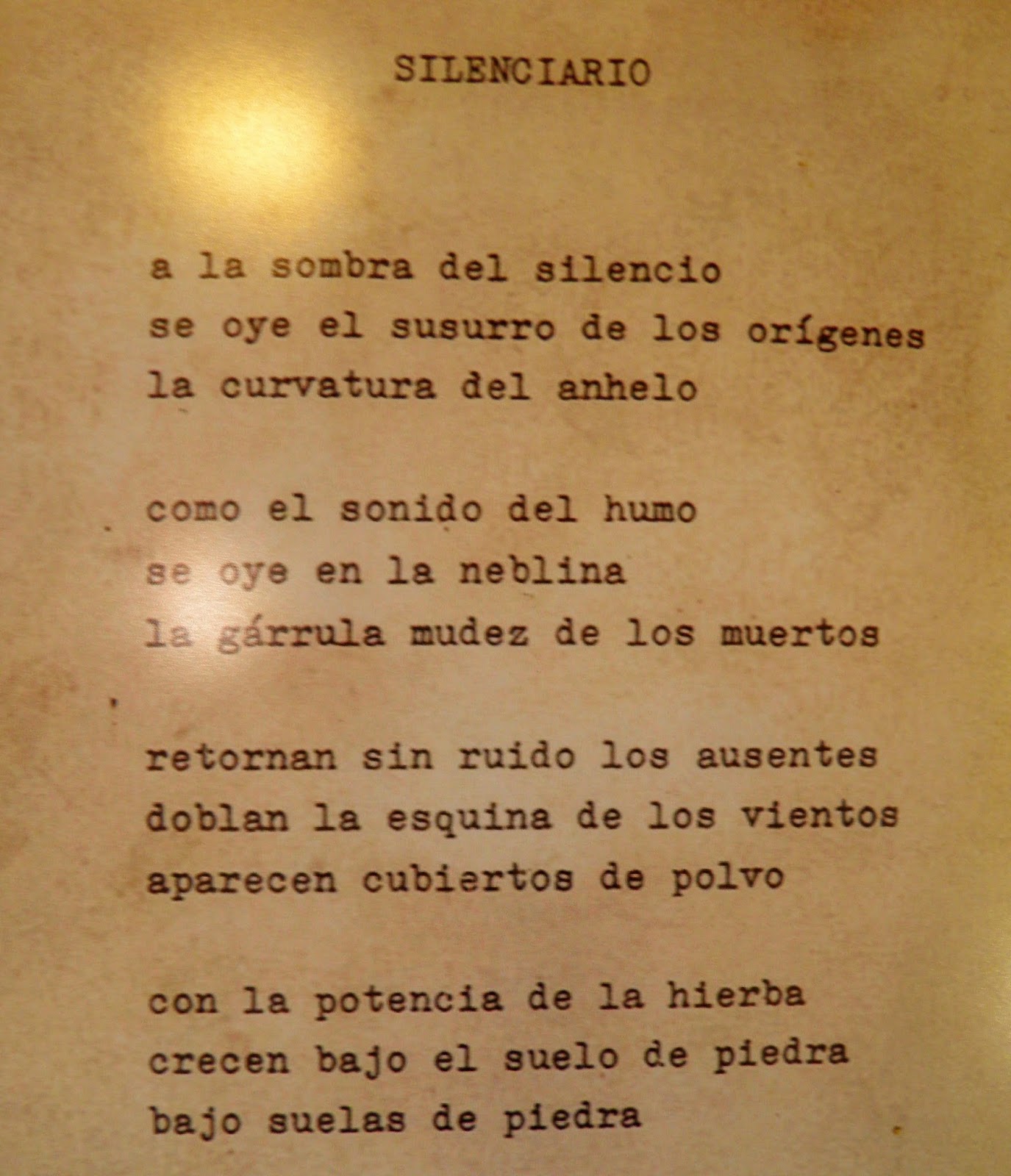 Julieta Venegas exudes an air of freshness and spontaneity throughout our interview. After the customary greetings, she gives her cell phone a quick glance, anxious for news of her daughter Simona, and we get down to work.
Julieta Venegas exudes an air of freshness and spontaneity throughout our interview. After the customary greetings, she gives her cell phone a quick glance, anxious for news of her daughter Simona, and we get down to work.Julieta, tell me about your new album, Algo sucede.
Well, I produced the whole thing with two people: Yamil Rezc in México and Cachorro López in Argentina. To me it feels like a very bright album, with a lot of acoustic instruments, stories of encounters and the way life can twist you around or be nice to you. It’s very springlike. It also contains the essence of the pain I feel for México, which I need to express. And my childhood and adolescence are both present in it.













